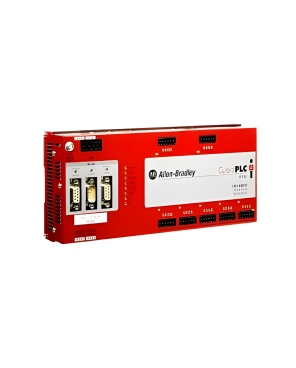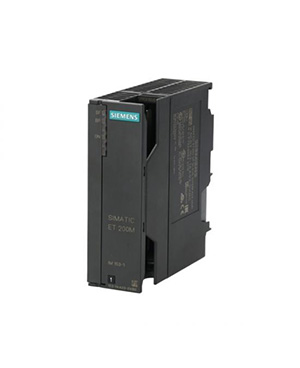Understanding Modules in Programmable Logic Controllers (PLCs)
Modules are essential components of Programmable Logic Controllers (PLCs) that enable them to interface with various input and output devices, expand their functionality, and adapt to different automation requirements. In this comprehensive guide, we explore the significance of modules in PLC systems, their types, functions, and applications across diverse industrial settings.
Introduction to Modules:
Modules serve as the building blocks of PLC systems, allowing them to interact with the physical world by receiving input signals from sensors and sending output signals to actuators and other devices. Modules come in different types and configurations, each designed to perform specific functions and interface with different types of input and output devices.
Types of Modules:
- Input Modules: Input modules are responsible for interfacing with sensors and other input devices to detect and receive signals from the controlled process. They convert physical signals such as voltage, current, or resistance into digital signals that the PLC can process. Input modules may include digital input modules for discrete signals and analog input modules for continuous signals.
- Output Modules: Output modules interface with actuators and other output devices to control the operation of machinery and equipment. They convert digital signals from the PLC into physical signals such as voltage or current to actuate devices such as motors, valves, solenoids, and lights. Output modules may include digital output modules for discrete control and analog output modules for precise control of analog devices.
- Specialized Modules: In addition to input and output modules, PLC systems may include specialized modules for specific functions such as communication, motion control, temperature sensing, and high-speed counting. These modules expand the capabilities of the PLC and enable it to perform advanced control tasks.
Functions of Modules:
Modules perform several key functions within PLC systems:
- Signal Conditioning: Input modules may include signal conditioning circuitry to filter, amplify, or isolate input signals, ensuring accurate and reliable detection.
- Data Conversion: Input modules convert analog input signals into digital format using analog-to-digital converters (ADCs), while output modules convert digital output signals into analog format using digital-to-analog converters (DACs).
- Isolation: Modules provide electrical isolation between the PLC and external devices, protecting the PLC from voltage spikes, noise, and other electrical disturbances.
- Fault Detection: Some modules include diagnostic features to detect faults such as short circuits, open circuits, and wiring errors, allowing for timely troubleshooting and maintenance.
Applications of Modules:
Modules are integral to various industrial automation applications, including:
- Manufacturing: In manufacturing plants, input and output modules interface with sensors, actuators, and control devices to automate processes such as assembly lines, packaging, material handling, and quality inspection.
- Process Control: In process industries such as chemical, oil and gas, and food and beverage, modules are used to monitor and control parameters such as temperature, pressure, flow, and level in tanks, reactors, and pipelines.
- Utilities: In utilities such as power generation and water treatment plants, modules interface with sensors and actuators to control equipment such as turbines, pumps, valves, and generators, ensuring efficient and reliable operation.
- Building Automation: In commercial and residential buildings, modules are used for HVAC (heating, ventilation, and air conditioning) control, lighting control, access control, and security systems.



















